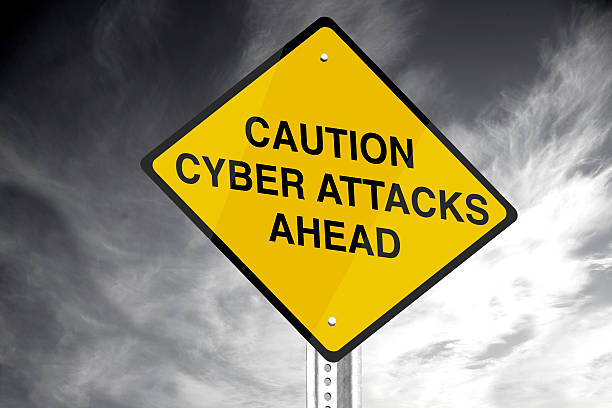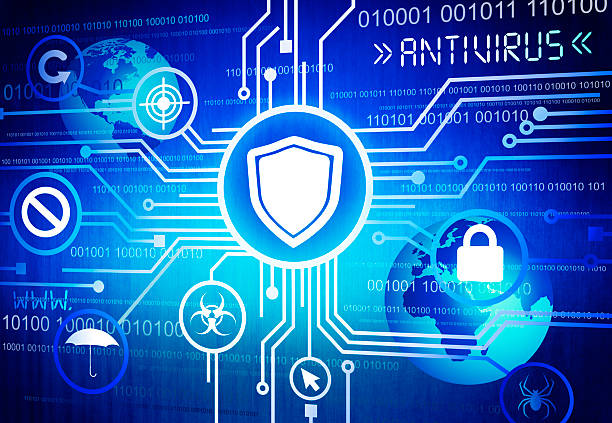1. Introduction
In today’s digital age, Cybersecurity Alerts have become a major necessity. Every day there are cyber threats that can threaten your personal and professional life. Cybersecurity aims to protect your data and online presence so hackers and cybercriminals can’t get hold of your sensitive information. In this article, we will discuss in detail the main threats and how to avoid them. This information will help you increase your digital security and protect you from cyber-attacks.
2. Phishing Attacks: What They Are and How to Avoid Them

Phishing attacks are among the most common cyber threats today. Isme hackers send fake emails or messages that force you to share sensitive information. These emails often appear to come from a trusted source, such as a bank or social media platform. To avoid this, always verify the authenticity of the email sender, do not click on suspicious links, and do not share any personal information via email or message. Also, check your email settings and report suspicious emails.
3. Malware: Types and Prevention
Malware, or malicious software, makes it difficult to damage your computer or mobile device. Its types include viruses, worms, trojans, and ransomware. A virus infects your system and it is difficult to encrypt data, while ransomware demands a ransom to encrypt your files. To avoid malware, install strong antivirus software, update regularly, and avoid downloading software from unknown sources. Update your system and applications regularly and apply security patches regularly.
4. Ransomware: Understanding and Protecting Yourself
Ransomware is malware that encrypts your files and demands a ransom to unlock them. Even if you pay the ransom, you won’t necessarily get your files back. To avoid this, keep regular backups of your important data and store the backups offline or in cloud storage. Email filters and antivirus software can be used to avoid opening suspicious emails and attachments. If a ransomware attack occurs, immediate action and professional help is essential.
5. Password Protection: Best Practices

Strong passwords are a basic but important element of cyber security. With simple passwords that are easy to guess, your accounts can be easily compromised. Therefore, make your passwords strong and unique, and use a password manager to store your passwords securely. It is also important to update passwords at regular intervals. Use two-factor authentication (2FA) to further secure your accounts. 2FA gives you an extra layer of security by asking for a verification code along with your password.
6. Social Engineering Attacks: Identifying and Defending Against Them
In social engineering attacks, attackers exploit your trust to provide you with sensitive information. Attacks on you can be done through your interactions, phone calls, and social media profiles. Be careful when sharing your personal information online and do not share sensitive information with unknown contacts. Regularly check your social media privacy settings and remove unnecessary information. If someone asks you for sensitive information, always verify whether the request is legitimate or not.
7. IoT Security Risks: Protecting Connected Devices
Internet of Things (IoT) devices, such as smart home gadgets and wearable technology, make your daily life easier but these devices also face security risks. IoT devices are less secure and can be easily hacked. Use strong passwords and encryption to save on devices. Regularly the device implements firmware updates and disabling unnecessary features may compromise your security. Also, secure your home network and check Wi-Fi settings regularly.
8. Network Security: Ensuring secure online connections
Network security is essential to protect your home and office networks from unauthorized access. Using secure Wi-Fi networks and their settings and checking them regularly is important. Use a strong encryption method, such as WPA3, for the Wi-Fi network and change the default router passwords. Network scanning tools can be used to monitor your network traffic and detect unauthorized devices. A VPN (Virtual Private Network) is also a part of network security to encrypt your online activities and protect your privacy.
9. Data Privacy: Best Practices for Protecting Personal Information

Maintaining data privacy is a major challenge nowadays. Always use caution when sharing your personal information online. Customize privacy settings or remove unnecessary personal details from online profiles. Before allowing websites and apps to read and understand their privacy policies, how your data will be used. Using encryption techniques to protect personal data and regularly reviewing your security settings.
10. Stay Aware: Keeping up with Cybersecurity Alert trends
Cybersecurity Alert and threats change regularly. Stay updated with cybersecurity news and updates to keep your digital security up to date. Regularly attend online security courses and webinars to stay up-to-date on threats and protection strategies. Cybersecurity professionals are connecting with experts and forums and educating their networks on security best practices. Regularly monitor your systems and security practices and implement changes to stay secure.
Cybersecurity is a continuous process that requires regular updates and vigilance. Follow the tips to secure your digital environment and protect yourself from cyber threats.
